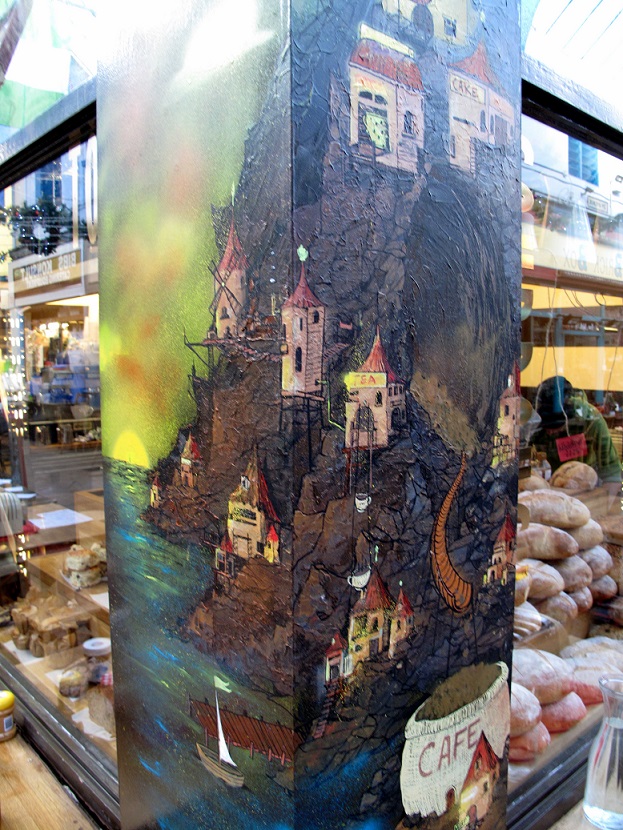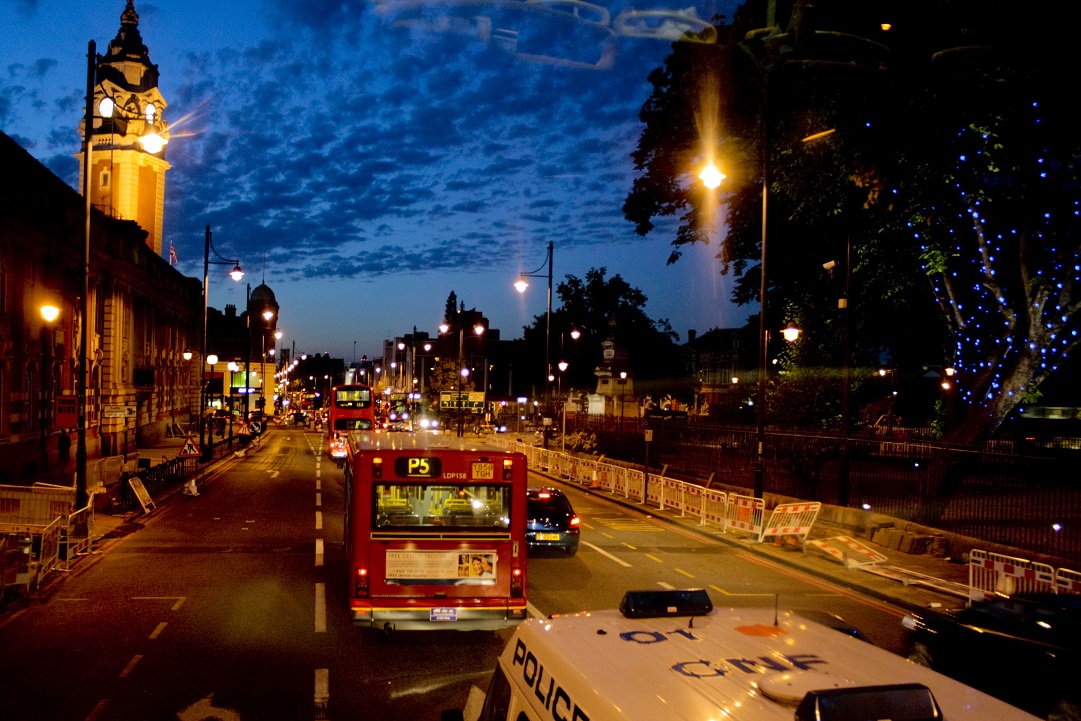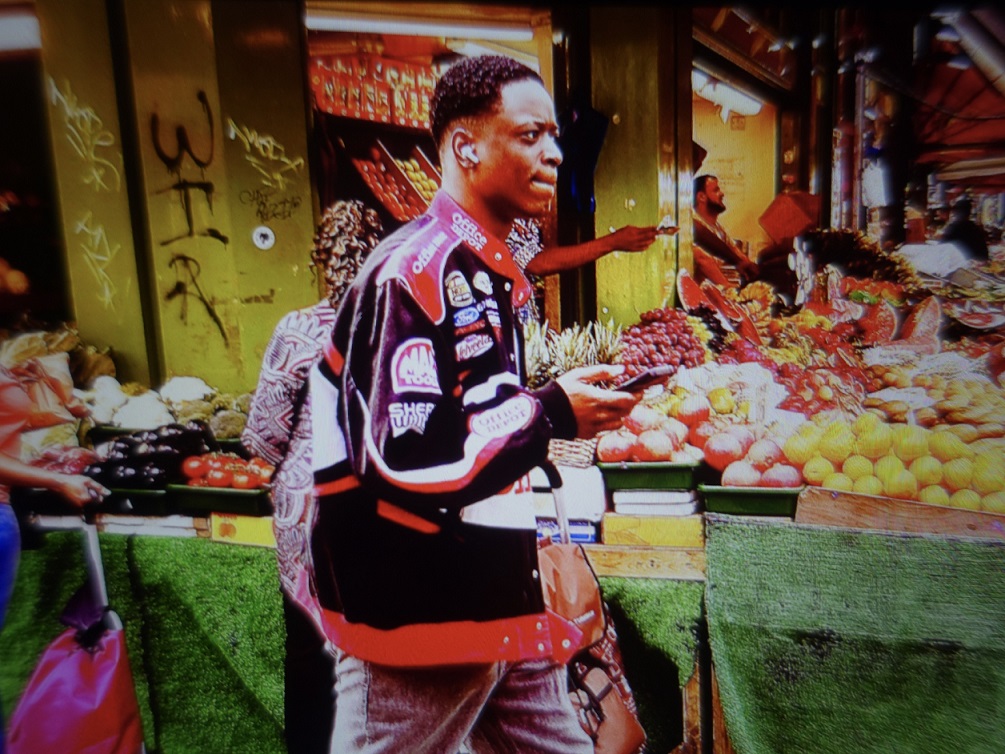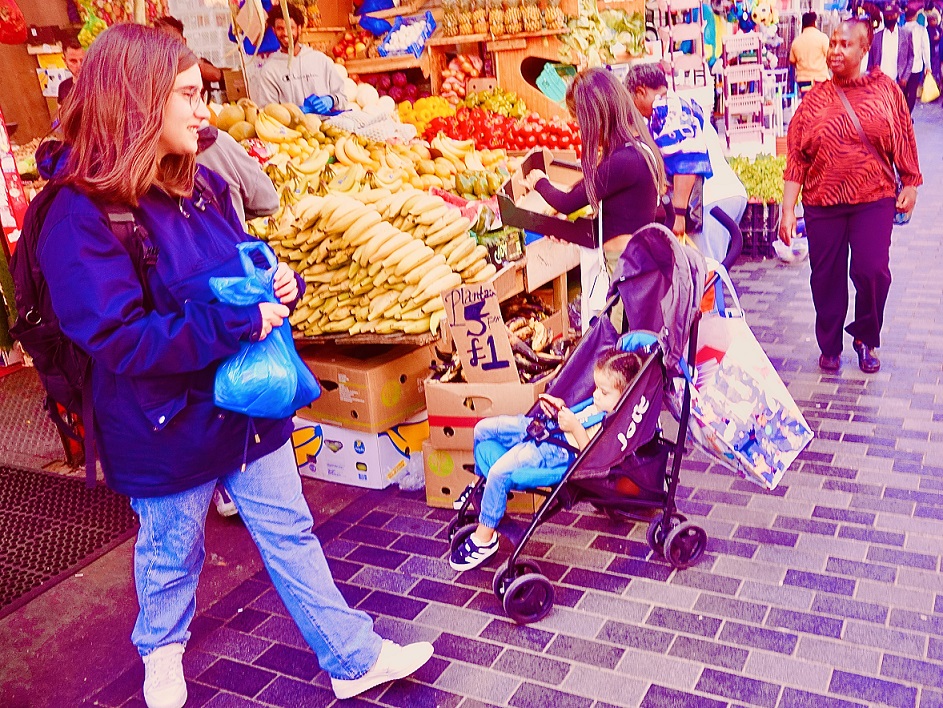Within zone 2 lies a lively city that reflects a true mix of many different backgrounds coming together within London. With a blend of reggae, Latin and Irish, the diverse music, foods and shopping options create an inviting atmosphere for all.

Taylor Zambrano
Brixton has one of the earliest surviving traces of human activity, which are two Roman roads: Capham Road (A3) and Brixton Road (A23).
The area was first called Brixtane in the 11th century and was created of stones that were known as meeting points for the community.
In 1816, Vauxhall Bridge was the first ‘ribbon development’ that occurred around Acre Lane.
On that street, two of the oldest buildings in Brixton can be found, including the St Matthews Church, which was established in 1812, and the Trinity Almhouses, which were established in 1824.
Not only are the streets of Brixton lined with artefacts from the past, but the community itself is also well known for its social history.
As the population expanded, Brixton had thousands of people coming to that area for the largest and best shopping centre in South London, including a thriving market, department stores, cinemas, a pub and theatre.
Established in 1877, Bon Marche, which is located on Brixton Road, became the first purpose-built department store in the country. In addition, Electric Avenue was known as the first shopping arcade with electric lighting.
Around the 1940s and 1950s, a large portion of the immigrants who migrated from the West Indies settled in Brixton and this has given the area its multicultural, eclectic feel ever since.

Protests and progress
With so many different nationalities coming together within one area, inevitably there have been some pretty rocky events within Brixton’s history.
The area has suffered through major riots, each leaving a feeling of unrest in their paths.
The riot in 1981 lasted for three days. It mainly consisted of young black men targeting police and setting fire to vehicles and attacking buildings.
On the surface, it seemed as though the black population had integrated nicely into society, however the build up would tell otherwise. At the time, 25% of the Brixton population was made up of an ethnic minority group, and unfortunately, about half of the young black men did not have a job.
Police were granted an exemption from the terms and conditions or the amended Race Relations Act in 1976, and they also used the ‘Sus’ law – a law in which anybody could be stopped and searched, even suspicion of criminal activity – to discriminate against the black community.
In early April, Operation Swamp was created to try and cut the street crime in Brixton down and over 1,000 people were stopped under the Sus law in only six days.

Rumours of police brutality against a black man led to angry crowds and the arresting of a man the following night led to the three-day-long riot.
When the time of the Sus Law finally came to a close, there was a creation of the Police Complaints Authority and other police/community consultative groups.
It took about 20 years for the police to really take into account racially sensitive policies, but on a more national level, racial inclusion was finally building up.
In 1985, Bernie Grant became the first ethnic minority leader of a London council, and in 1987 became one of the first four people from an ethnic minority to be elected into parliament. The area continues to have its ups and downs with achievements, such as the first ethnic minority members of parliament, as well as a few other outbursts of rioting since the first major one in 1981.
It has sparked other ethnic minority groups to make a statement as well, such as the race riot during the summer of 2001 when white and Asian youths clashed on the streets of northern England.
Preserving the feel
Currently, the community is undergoing a bit of internal turmoil because local shopkeepers found under Brixton’s railway arches are being forced to vacate their locations for redevelopment of the site with just six months of prior notice.

The owners of the property, Network Rail, did not guarantee priority leasing for these owners and also warned of an increase in rent almost three times as high as the original price.
“Have just been told by my landlords, Network Rail,that they have plans to redevelop the Arches we rent, and that we don’t figure in their new shiny plans. It’s not just us, it’s every arch along Atlantic Road and Brixton Station Road, from Brixton Road to Popes Road,” said a concerned shop owner regarding the issue.
A sense of urgency to preserve the history of the community and the “community feel” has overcome everyone living in the area because this is what Brixton is known for: it’s diverse and eclectic feel. By pushing in bigger businesses and local chains, the community, especially the wealth, of the area suffers because this is how most families make their money.
Despite the threatening removal of local shops, the community has continued to persevere and support each other through other means.
Simply walking through the streets, the feeling of togetherness and culture can be smelled and seen from the various restaurants and street artwork found down every block.
(Photos: Pixabay)












.jpg)












